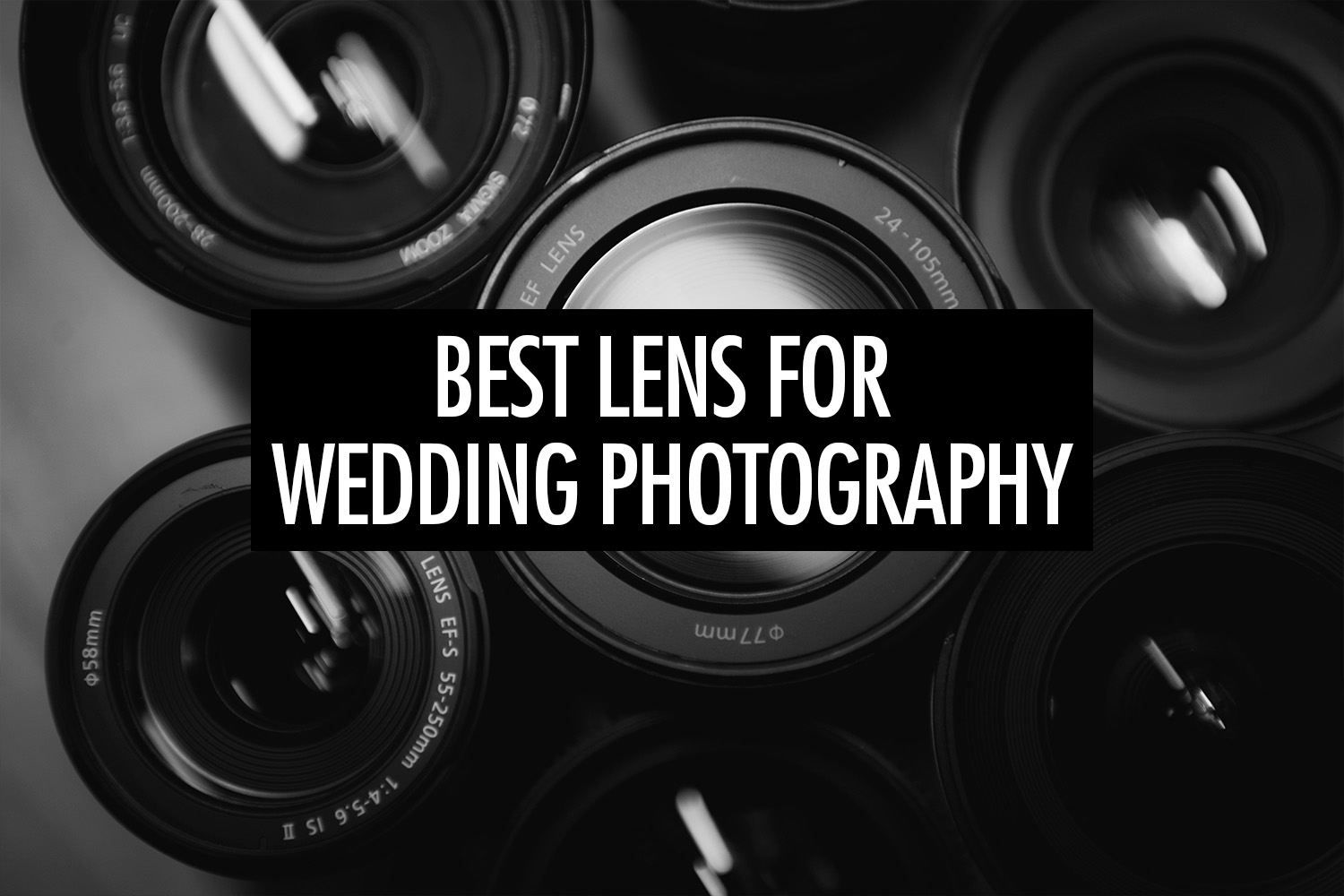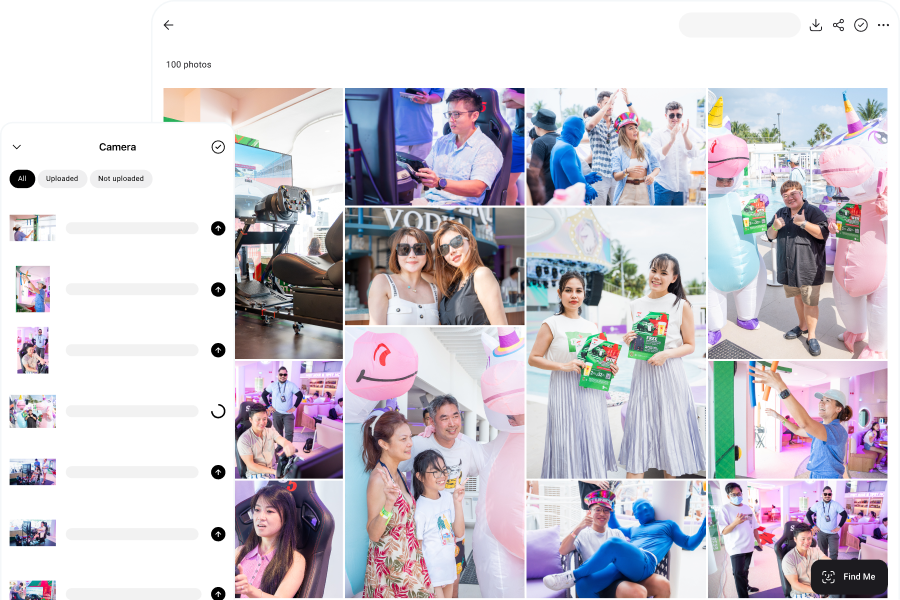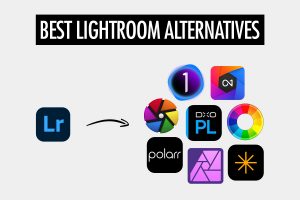Wedding photography demands versatility, precision, and creativity, and choosing the right lens is crucial for capturing every special moment. From intimate portraits to sweeping venue shots, different wedding scenarios require specific lenses that excel in various lighting conditions and compositions.
Prime lenses are ideal for stunning portraits with beautiful background blur, zoom lenses offer flexibility in fast-paced environments, and wide-angle lenses ensure grand venues and group shots are perfectly framed.
Additionally, factors such as lighting, portability, and budget play a significant role in selecting the best lens for wedding photography.
In this guide, we explore the essential lenses for wedding photography, covering their strengths, recommended models, and practical applications. We also provide valuable tips on choosing the right lens based on different shooting conditions, as well as maintaining lenses for long-term performance. Whether you’re a seasoned professional or just starting out, this comprehensive breakdown will help you make informed decisions to elevate your wedding photography.
You can also find our complementary wedding photography checklist, to help you stay on track during busy wedding shoots.
Prime Lenses: My Go-To for Stunning Portraits
Prime lenses are my personal favorites for wedding photography. They offer incredible image quality, wide apertures for dreamy bokeh, and perform exceptionally well in low-light situations.
The Classic Lens: 50mm f/1.2 or f/1.4

This lens is perfect for capturing bridal portraits, as it provides a natural perspective with minimal distortion, making it excellent for couple shots, ensuring a balanced and aesthetically pleasing composition.
Additionally, it is highly suitable for capturing candid moments throughout the wedding, where the wide aperture allows for beautiful background blur and makes your subjects stand out beautifully.
Recommended Models:
- Canon RF 50mm f/1.2L USM: Known for its ultra-fast f/1.2 aperture, this lens is my top pick if I’m shooting in extreme low-light performance and want complete control over depth of field.
- Nikon Z 50mm f1.2 S: Dubbed the sharpest 50mm prime lens Nikon has ever created, this lens offers sharpness across the frame and superior autofocus accuracy, making it great for capturing moving subjects.
- Sigma 50mm f/1.4 DG HSM Art: A budget-friendly option that still offers excellent sharpness and beautiful background separation. While it has great build quality, it does not come with weather sealing.
- Fujifilm XF 50mm f/1.0 R WR: One of the fastest Fuji lenses, providing ultra-shallow depth of field and excellent low-light capabilities.
The Ultimate Portrait Lens: 85mm f/1.2 or f/1.4

If I had to pick one lens for capturing intimate moments, this would be it. It is well-suited for highlighting emotional moments, such as a bride’s first look at herself in the mirror or the couple’s intimate exchanges. With its wide aperture, this lens creates dreamy bokeh, enhancing the romantic atmosphere of wedding photography.
Recommended Models:
- Canon RF 85mm f/1.2L USM: As the iconic portrait lens, the RF 85mm boasts incredibly fast autofocus and exceptional sharpness, making it one of the best options in the market.
- Nikon Z 85mm f/1.2 S: This lens is a high-performance, fast prime lens designed for stunning portraiture and wedding photography, offering exceptional detail, natural bokeh, and precise autofocus with minimal ghosting and flare.
- Sony FE 85mm f/1.4 GM: A premium portrait lens delivering exceptional sharpness, creamy bokeh, and precise autofocus, ideal for professional photographers and videographers.
- Sigma 85mm f/2.4 DG DN Art: This lens offers exceptional sharpness, smooth bokeh, and robust build quality, designed for mirrorless cameras and perfect for portraits and low-light photography.
- Fujifilm XF 90mm f/2 R LM WR: This lens is a versatile, weather-resistant prime lens with fast autofocus, delivering stunning sharpness and beautiful bokeh, ideal for portraits and close-up photography.
Zoom Lenses: When I Need Flexibility

While I love primes, zoom lenses are lifesavers during fast-paced wedding days. Zoom lenses provide flexibility, making them essential lenses for wedding photography. They allow photographers to quickly adjust focal lengths without switching lenses, which is crucial for action-packed weddings.
The Versatile Workhorse: 24-70mm f/2.8
This is hands down my most-used zoom lens. It is an excellent choice for general wedding coverage, allowing photographers to seamlessly switch between wide-angle shots and close-ups without changing lenses. It is particularly useful for capturing getting-ready shots, providing a mix of detailed and environmental compositions. If I want an all-in-one lens that can handle multiple scenarios, this is it.
Additionally, it performs exceptionally well during receptions, where dynamic lighting and movement require a fast and adaptable lens.
Recommended Models:
- Canon RF 24-70mm f/2.8L IS USM: This is a professional-grade zoom lens offering exceptional image quality, fast aperture, and image stabilization, making it perfect for a wide range of photography and videography needs.
- Nikon Z 24-70mm f/2.8 S: A high-performance zoom lens delivering exceptional sharpness, fast aperture, and robust build quality, ideal for wedding photography and videography across a variety of shooting scenarios.
- Sony FE 24-70mm f/2.8 GM II: A premium, lightweight zoom lens offering outstanding sharpness, fast aperture, and advanced autofocus, perfect for professionals in both wedding photography and videography.
- Tamron 28-75mm f/2.8 Di III VXD G2: This lens is a versatile, high-performance zoom lens with fast aperture, excellent sharpness, and rapid autofocus, designed for full-frame mirrorless cameras and ideal for a wide range of shooting scenarios.
- Sigma 24-70mm f/2.8 DG DN Art: This lens offers exceptional sharpness, robust build, and smooth bokeh, designed for full-frame mirrorless cameras and perfect for wedding photography and videography.
The Telephoto Powerhouse: 70-200mm f/2.8
This lens is highly effective for capturing wedding ceremonies, as it allows photographers to maintain a respectful distance while still achieving intimate shots. It is also ideal for capturing candid moments from afar, ensuring that natural emotions and interactions are preserved without disrupting the scene. When I need to capture intimate moments without being intrusive, this is my go-to lens.
Recommended models:
- Canon RF 70-200mm f/2.8L IS USM: A compact, high-performance telephoto zoom lens offering exceptional image quality, fast f/2.8 aperture, and advanced image stabilization, perfect for sports, wildlife, and portrait photography, as well as professional videography.
- Nikon Z 70-200mm f/2.8 VR S: This lens combines cutting-edge optical engineering with a sleek, weather-sealed design, delivering unparalleled sharpness, smooth bokeh, and reliable performance for professionals tackling demanding shoots in any environment.
- Sony FE 70-200mm f/2.8 GM OSS II: This lens redefines versatility with its compact design, blazing-fast autofocus, and stunning optical performance, making it a go-to choice for capturing everything from fast-paced action to intimate portraits with breathtaking clarity and detail.
- Tamron 70-180mm f/2.8 Di III VXD: This lens has a remarkably lightweight design, impressive close-focus capabilities, and fast f/2.8 aperture, offering exceptional portability and performance for capturing dynamic shots in both wedding photography and videography.
- Sigma 70-200mm f/2.8 DG OS HSM Sport: This lens excels with its rugged build, exceptional optical performance, and advanced stabilization, making it a powerhouse for capturing fast action and stunning details in challenging conditions.
Wide-Angle Lenses: Getting the Establishing Shot
Wide-angle lenses are crucial for capturing the grandeur of wedding venues, group shots, and dramatic environmental portraits.
The Venue and Group Shot Lens: 16-35mm f/2.8
This lens is excellent for capturing large group portraits, ensuring that everyone in the wedding party is included in the frame without excessive distortion. It is also perfect for photographing wedding venues, highlighting the grandeur of locations such as cathedrals, banquet halls, and outdoor ceremonies. Additionally, it also helps me get creative with dynamic compositions.
Recommended models:
- Canon RF 15-35mm f/2.8L IS USM: One of Canon’s premium choices of wide-angle zoom lens that combines a fast f/2.8 aperture with advanced image stabilization, offering unparalleled versatility for capturing expansive landscapes, architectural marvels, and immersive storytelling in both photos and videos.
- Nikon Z 14-30mm f/4 S: A compact and innovative wide-angle zoom lens that delivers exceptional edge-to-edge sharpness, and impressive versatility, making it perfect for taking the wedding venue and group shot.
- Sony FE 16-35mm f/2.8 GM: A masterclass in wide-angle performance, offering stunning resolution, beautiful bokeh, and a fast f/2.8 aperture, ideal for capturing dramatic landscapes, dynamic events, and cinematic wide-angle videography.
- Tamron 17-28mm f/2.8 Di III RXD: This lens redefines versatility with its compact size, fast and precise autofocus, and exceptional optical performance, making it a perfect option for wedding photography and videography.
- Sigma 14-24mm f/2.8 DG DN Art: A game-changer for wedding photography, offering an ultra-wide perspective that excels in capturing expansive venue shots, dramatic group portraits, and creative storytelling moments, all while maintaining exceptional sharpness and low-light performance with its fast f/2.8 aperture.
Tips for Picking the Right Lens
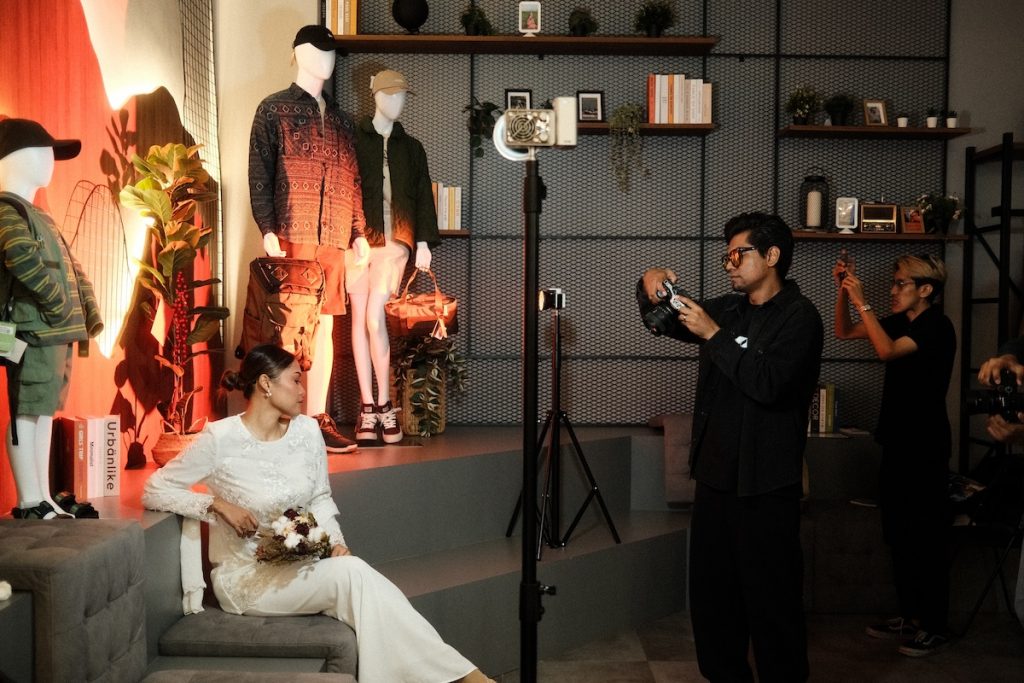
Consider Lighting Conditions
Weddings happen in all kinds of lighting conditions, from dimly lit indoor venues to bright outdoor settings. I always make sure to have a lens with a wide aperture (like f/1.2 or f/2.8) for low-light situations—it helps me capture clear, well-exposed images without too much noise. I also find that lenses with image stabilization are a lifesaver when shooting in darker conditions, as they help reduce motion blur. And for outdoor weddings with plenty of natural light, I prefer a lens with excellent flare resistance to keep my images sharp and full of contrast.
Factor in Portability and Weight
As a wedding photographer, I’m on my feet for hours, so choosing a lightweight and easy-to-handle lens is crucial to avoid fatigue. I’ve found that compact prime lenses or lighter zoom options help me stay mobile without compromising image quality. I also make sure my lens balances well with my camera body to prevent wrist strain during long shoots. And when I need to carry multiple lenses, I rely on a lens holster or belt system to distribute the weight evenly—it makes a huge difference!
Know Your Budget
I know that premium lenses offer top-tier performance, but I’ve also found that budget-friendly alternatives can still deliver fantastic results. Brands like Sigma, Tamron, and Tokina provide high-quality lenses at a fraction of the cost of flagship models. Personally, I like investing in one versatile, high-quality lens that covers multiple focal lengths—it’s a cost-effective way to get the best of both worlds. And for big events, I sometimes rent high-end lenses to experience premium image quality without a huge upfront expense.
Taking Care of Your Lenses
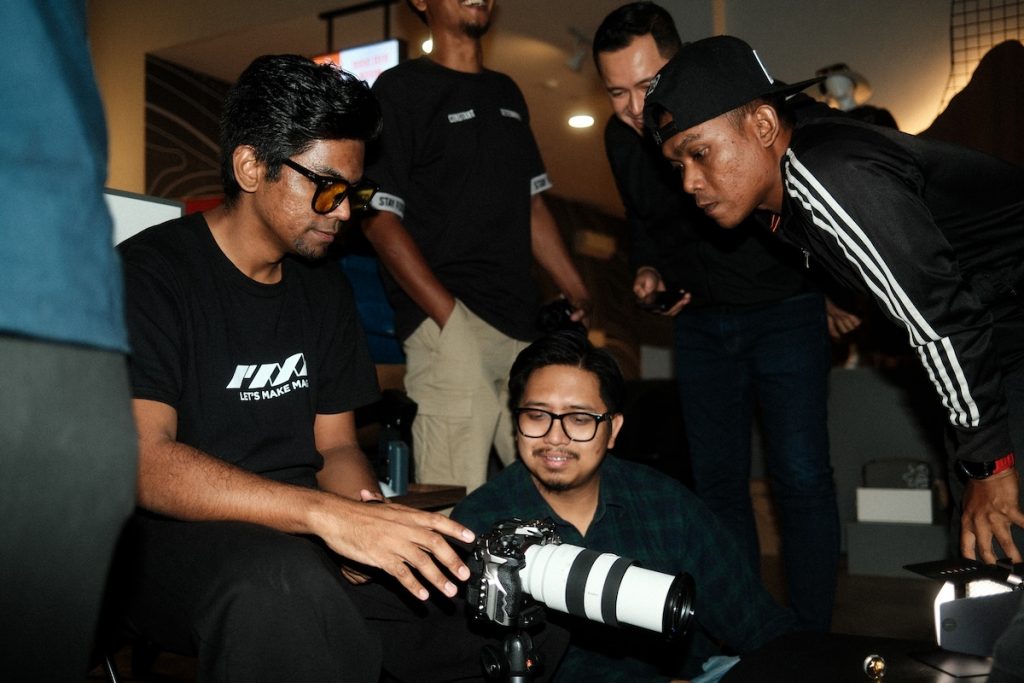
Keep Your Lenses Clean
I always make sure to keep my lenses clean because even a little dust or a fingerprint can affect image quality. I carry a microfiber cloth and lens cleaner with me to maintain clarity and sharpness in every shot. An air blower is a lifesaver for removing dust without risking scratches on the glass. And for those stubborn smudges, I use a lens cleaning solution specifically designed for coated optics. I also make it a habit to inspect my lenses regularly—keeping them clean ensures they perform at their best and helps me capture crisp, distortion-free wedding photos.
Use Lens Hoods and Filters
I always use lens hoods to cut down on flare and improve contrast, especially when shooting in bright conditions. UV filters are another must-have for me—they help protect my lenses from scratches and potential damage. I make sure to invest in high-quality filters so my image quality doesn’t suffer from extra glass elements. A polarizing filter is great for outdoor weddings, as it reduces reflections and enhances colors, making skies and water look more vibrant. I also keep ND filters handy for controlling exposure in bright settings. Having the right filter setup not only keeps my lenses in top shape but also helps me achieve the best possible results.
Store your Lenses Properly
I always invest in a padded camera bag to keep my lenses safe from accidental bumps and harsh weather conditions. To prevent moisture buildup and the risk of fungus, I store my lenses with silica gel packets—it’s a simple trick that goes a long way. For long-term storage, I rely on a dry cabinet with humidity control to maintain their longevity and performance. I also make sure never to leave my lenses in extreme temperatures, as that can damage the internal components. Proper storage is key to keeping my gear in top shape for every wedding shoot.
Conclusion
Choosing the right lens for wedding photography has been a game-changer for me in capturing every special moment with clarity, emotion, and artistic finesse. Whether I’m using a prime lens for dreamy bokeh, a zoom lens for versatility, or a wide-angle lens for grand venue shots, each one plays a crucial role in telling a couple’s love story.
Understanding the strengths of different focal lengths, apertures, and lens types allows me to adapt seamlessly to various wedding scenarios, from intimate portraits to grand venue shots. Additionally, I also make sure to consider factors like lighting conditions, portability, and budget when investing in my gear.
But beyond choosing the perfect lens, taking care of my equipment is just as important. I always keep my lenses clean, use protective accessories, and store them properly to maintain peak performance across countless wedding assignments.
Wedding photography is both demanding and rewarding, and having the right tools in excellent condition makes all the difference. With the best lenses and proper maintenance, I can continue delivering stunning, timeless images that couples will cherish for a lifetime.

